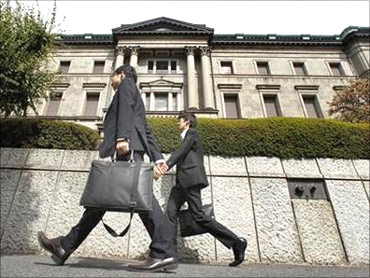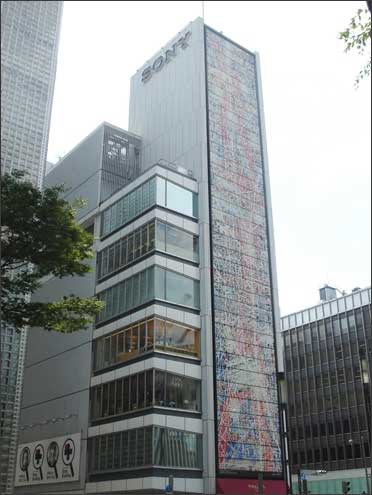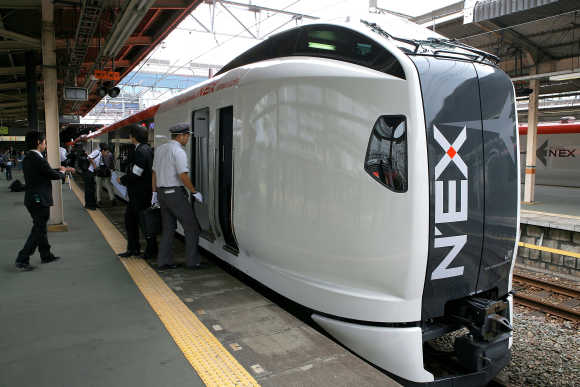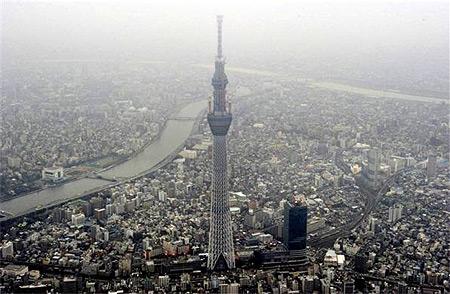 | « Back to article | Print this article |
So, what's with the yen?
The yen is its own animal, with unique behaviour patterns, reflecting the uniquely magical nature of Japan, writes Jamal Mecklai
The yen has always been an odd bird.
Over the past two years, while the correlation between the dollar index and the euro was over 90 per cent, the correlation with the yen was below 50 per cent.
There were even extended periods when the correlation was negative. This means that dollar strength (or weakness) does not necessarily translate into yen weakness (or strength).
In other words, the yen is its own animal, with unique behaviour patterns, reflecting, perhaps, the uniquely magical nature of Japan.
Click NEXT to read further. . .
So, what's with the yen?
I visited Japan for the first time in my life last May and came away overwhelmed.
It is, to me, without question the most civilised nation on earth, the almost genetic politeness of its people a lesson, and, hopefully, a direction to the future for all of us.
And within this bath of politeness is a culture that is at once cutting-edge modern (fashion, design) and unapologetically traditional (temples, Kabuki, sumo); wild and crazy (just go to Shinjuku or Shinbashi in Tokyo any evening of the week); and calm and peaceful (any of the hundreds of wonderful temples in Kyoto).
The people are unfailingly helpful; the systems work with neo-Germanic efficiency and beyond-German innovation -- just going to the toilet is a treat.
Click NEXT to read further. . .
So, what's with the yen?
And, of course, the food -- my God, I can't eat Japanese food anywhere else in the world after going there!
And the shopping -- fashion and jewellery to die for.
And the food stores -- there are four or five levels, and you can't even recognise most of the stuff on sale, all so incredibly attractively packaged and, like I said, Allahoakbar!
And, always, you come back to the sweetness -- not saccharine, mind you, it's the real thing and it tastes seven infinities better than Coca-Cola.
There you have it.
Before I went to Japan, Istanbul was my favourite city in the world -- now, it's Tokyo with nobody coming even close to number two.
Click NEXT to read further. . .
So, what's with the yen?
We stayed at a wonderful hotel and I guess it did cost a lot.
But it wasn't expensive.
In fact, everything in Japan was so wonderful that nothing seemed 'expensive', including the costliest dinner for two I have ever had.
To me, it was all much more than value for money.
Nonetheless, while I was there, it became clear to me that the yen -- which was about 80 (to the dollar), already down about five per cent from its all-time high set in September 2011 -- would certainly weaken in the future.
Being there made it clear that Japan is an extremely rich country, which has never -- since the Second World War -- asserted itself on the global stage.
Click NEXT to read further. . .
So, what's with the yen?
As a result, its policies have kowtowed to the US -- America is still a big star in Japan -- ensuring a perma-strong yen.
However, as US influence in the world declines and China rises, Japan will start to drive policies to its own needs, which will naturally lead to a weaker yen.
Returning to the point at the start of the article, the yen behaves differently from other major currencies.
While it is generally more stable (its volatility is lower), when it does start to move, it tends to move in long one-way cycles.
Since 1999, there have been five such cycles, each lasting an average of 30 months during which the yen moved (up or down) by an average of 31 yen.
Today, 16 months after its high, the yen has already fallen by about 12 yen.
Click NEXT to read further. . .
So, what's with the yen?
While there is no telling how much longer this decline will last, it would seem from the aggressive talk by the new prime minister and his partner in the finance ministry, it is likely to be longer rather than shorter.
Now, if the yen were to simply trace its average move, the downtrend would run till February 2014 and the yen would reach a range of 96 to 101.
If it repeated its longest trend (51 months), the yen could decline till December 2015 and reach all the way back to 120 to the dollar.
Of course, no moves are unidirectional, so there will certainly be pull-backs but the overall trend would remain downwards.
Click NEXT to read further. . .
So, what's with the yen?
Perhaps, it's time to look at borrowing in yen -- Reliance and the Tatas already have -- and keeping at least part of the USD/JPY unhedged to capture some of this opportunity.
In the current market (88 to the dollar), the cost of hedging a five-year loan (two-year moratorium) using a combination of an 80/88 USD/JPY call spread, USD/INR principal-only swap and JPY Libor (London interbank offered rate) coupon-only swap would total 6.8 per cent plus the lending spread.
Thus, the overall cost would come in at sub-10 per cent -- in most cases -- with the opportunity to further improve the cost if the yen does, indeed, weaken.







